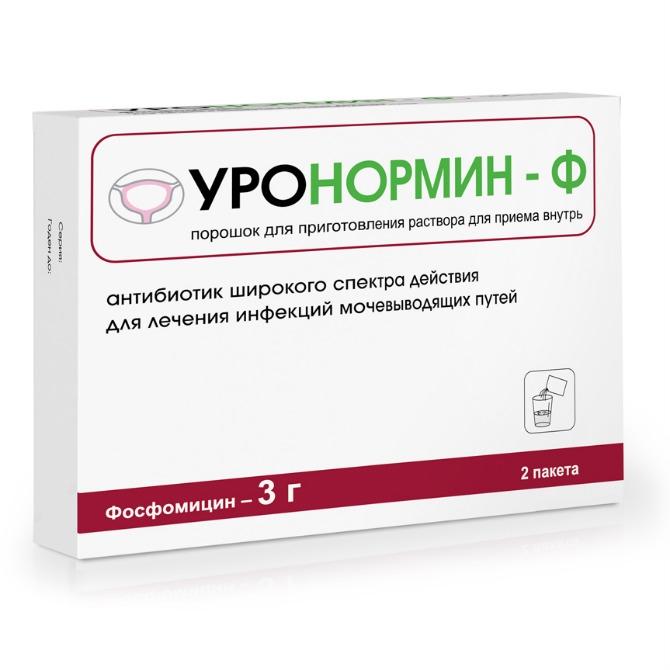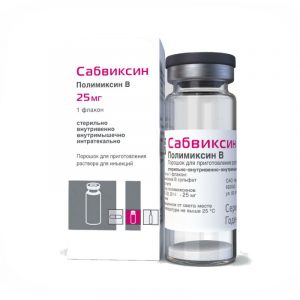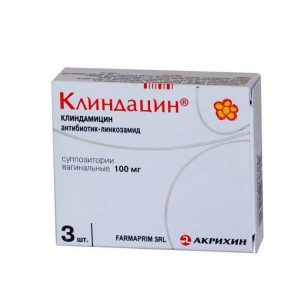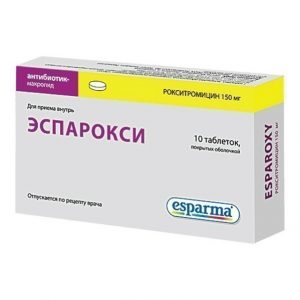Description
Pharmacological action
Broad-spectrum antibiotic.
The mechanism of action is associated with the suppression of the first stage of the synthesis of peptidoglycan of the bacterial cell wall.
Being a structural analogue of phosphoenol pyruvate, enters into competitive interaction with the enzyme N-acetyl-glucosamine-3-o-enolpiruvyl transferase, as a result of which specific, selective and irreversible inhibition of this enzyme occurs.
Active against most gram-negative bacteria: Pseudomonas aeruginosa, Escherichia coli, Proteus mirabilis, Klebsiella pneumoniae gram-positive bacteria: Staphylococcus spp. (including Staphylococcus aureus, Staphylococcus epidermidis), Streptococcus spp. (including Enterococcus faecalis).
Indications
Treatment of infectious and inflammatory diseases (caused by drug-sensitive microorganisms) of the lower urinary tract, including acute bacterial cystitis, exacerbation of chronic recurrent bacterial cystitis, acute bacterial leukemia syndrome, nonspecific bacterial urethritis, asymptomatic massive bacteriuria (during pregnancy), postoperative urinary tract infection.
Prevention of urinary tract infections during surgical interventions and transurethral diagnostic examinations.
Contraindications
Hypersensitivity to fosfomycin, pregnancy.
Special instructions
In infants, the use of fosfomycin is possible only in cases of emergency under medical supervision.
Dosage and administration
Take orally.
A single dose for adults – 3 g, for children – 2 g.
The treatment regimen is set individually, taking into account the stage of the inflammatory process, the reactivity of the patient’s body, the sensitivity of microorganisms to fosfomycin.
Side effects
Rarely: nausea, vomiting, diarrhea, skin rash that disappears on its own after the withdrawal of fosfomycin.
Dosage form
oral solution




